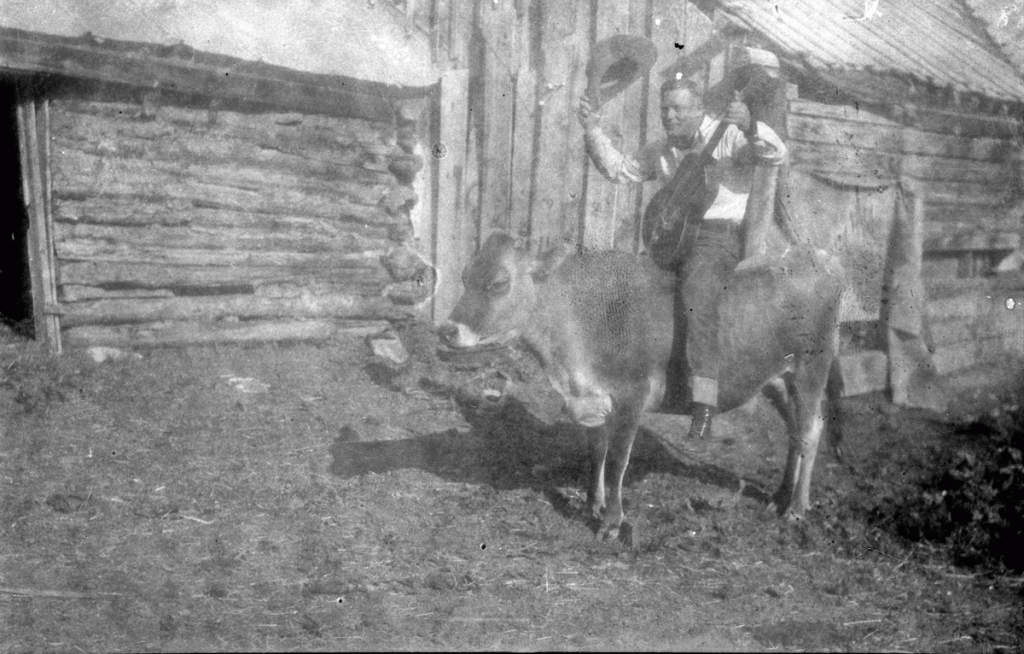Music has long floated through Park City’s mountain air. Some Parkites might fondly recall Byron Jones, musical legacy of this city. Jones founded and led the Park City High School band through the tumultuous years of the Great Depression, World War II, and the post-war era and inspired countless young people in the joys of music. Perhaps his greatest accomplishment was seeing his band get a standing ovation from 67,000 people at the Shriners East-West All-Star Football Game in San Francisco in 1950. But music has been part of Park City’s vitality from the earliest settlers and immigrants who squeezed instruments from home into their bags as they made their way by wagon, boat, or rail to the American West.
Louisa and Matt Sundquist emigrated from Finland in 1891, settling here in Park City, where Matt worked as a miner. They lived at 250 Grant Avenue and raised nine children, instilling a love of music in every one. To help support the family after Matt’s death in 1911, Louisa took on boarders in the small, crowded home. The Sundquist children often entertained the lodgers, a free nightly musical revue that complemented what the lodgers paid in room and board.
Though all of the children were musical, perhaps none made more of their talent than the middle child Vaner, born here in Park City in 1905. Vaner played several instruments, including guitar, mandolin, and the accordion, to name a few. In adulthood, he worked several jobs, as a truck driver and also a section worker for the Union Pacific railroad. He was also an active member in the Knights of Pythias.

Credit: Park City Historical Society and Museum, Sharon Spencer Digital Collection
Around 1930, Vaner and friends George “Tex” Ross, Orlow Snyder, and Joe Giacoma formed a band called the “Park City Wranglers.” At a time when jazz and big band music wove through dance halls in New York City and Chicago, the Wranglers were yodeling, swinging, “singing cowboys” who brought a romanticized, quintessentially Western sound to their string rhythm that, as the Park Record reported, “your feet can’t resist.” They played all over town, providing music for nearly every weekly dance offered in Park City until 1940.
In the 1940s, Vaner moved to Evanston, Wyoming, hometown of his wife Jessie Birch, whom he’d married in 1934. After Vaner left, “Tex” Ross recruited his two brothers and his brother-in-law and rebranded the band the “Rhythm Wranglers.” They went on to play around Park City and throughout Utah and were touted by the Park Record as “the best cowboy string band in the country.” As part of a Western musical legacy that Vaner had helped create, the Rhythm Wranglers entertained their way through the 1940s and 1950s, making records and touring all over the Southwest. Vaner himself died of a heart condition in Evanston on June 27, 1969.
Sources:
Utah State Historical Society Historic Preservation Research Office, 250 Grant Avenue Structure/Site Information From, 1984.
Park Record, May 9, 1930; April 10 1931; August 5, 1932; December 23, 1943; October 18, 1951; July 3, 1969.
“Living In Harmony,” Exhibit, Park City Museum, 2010.